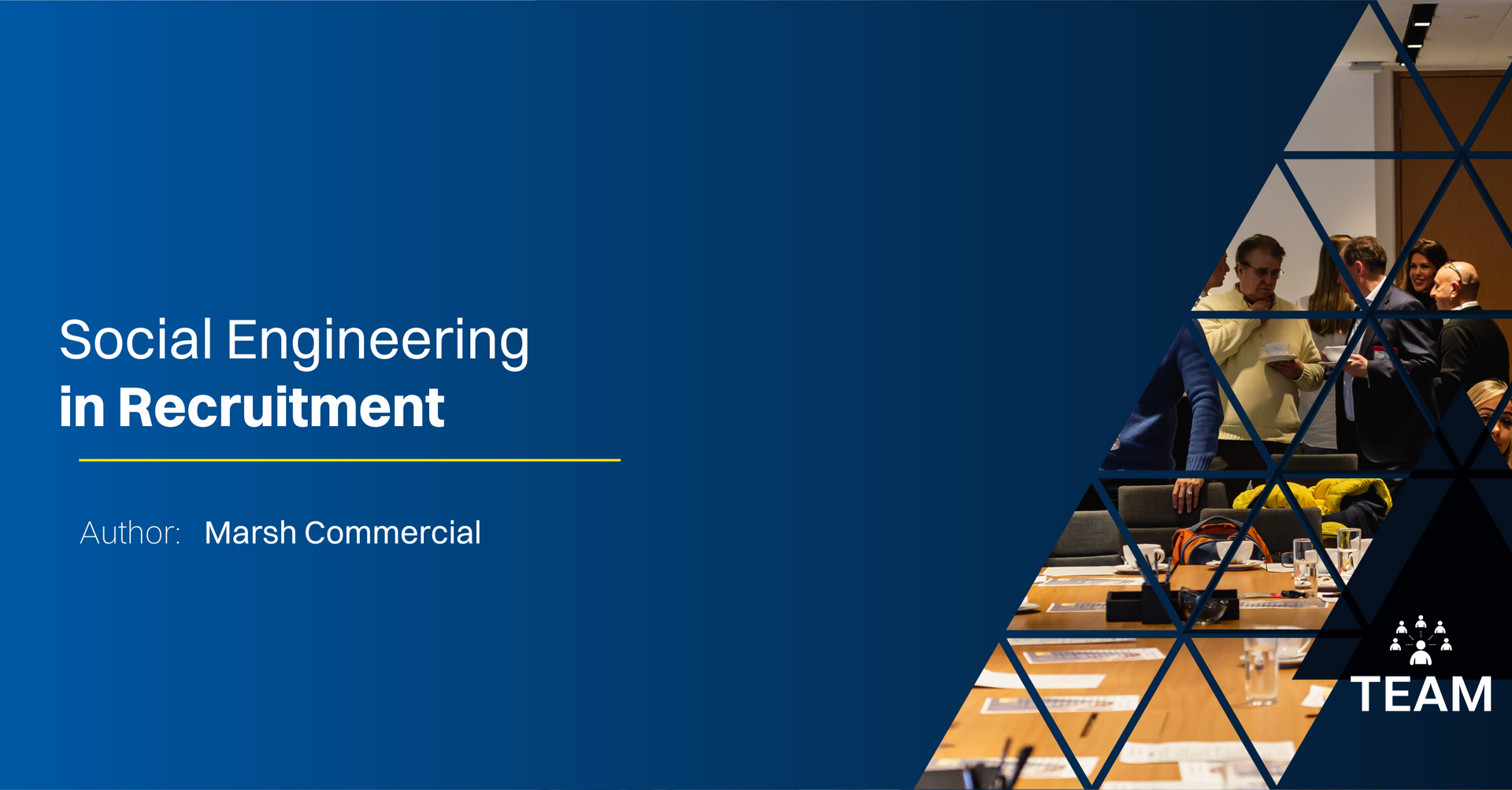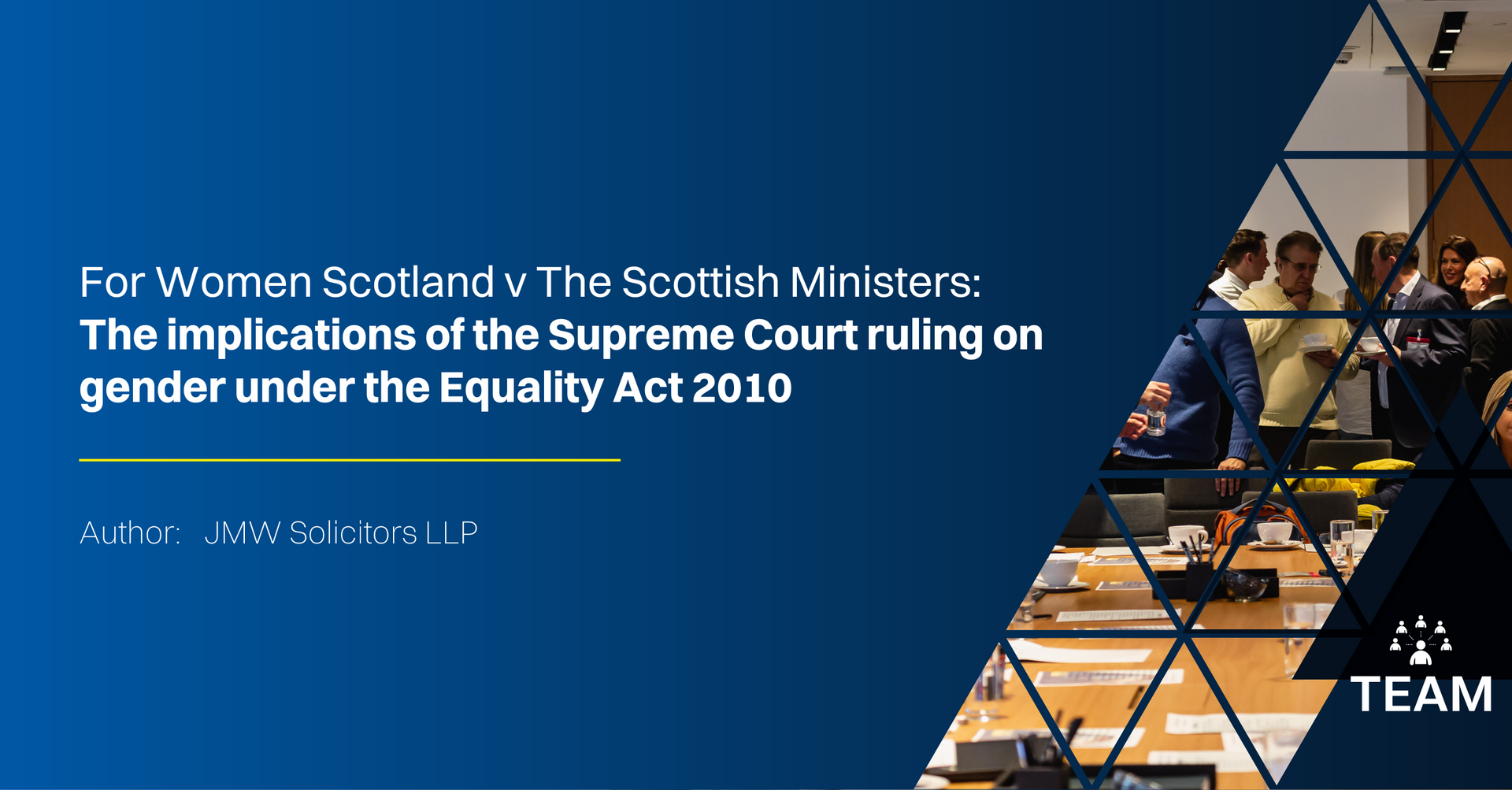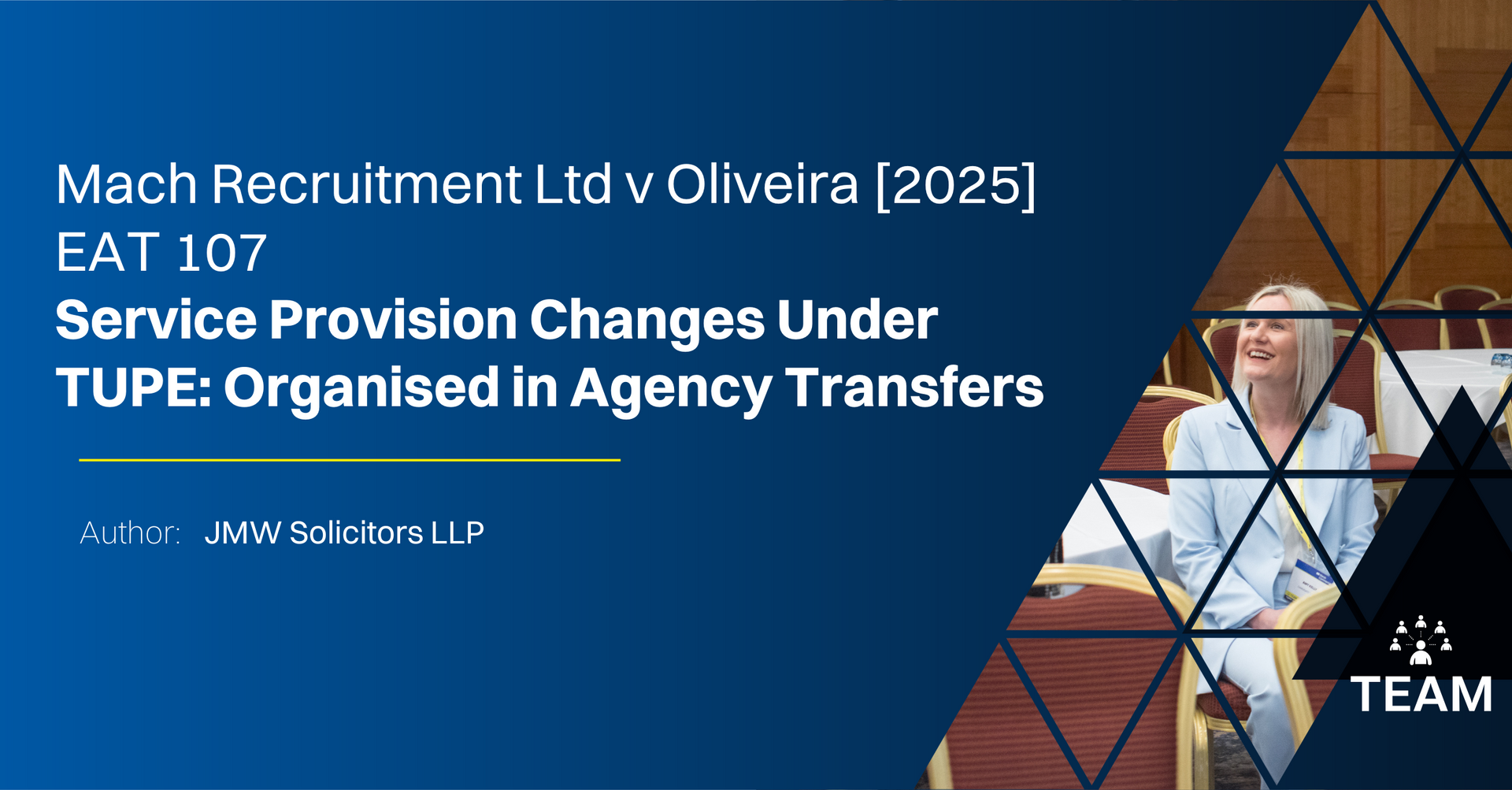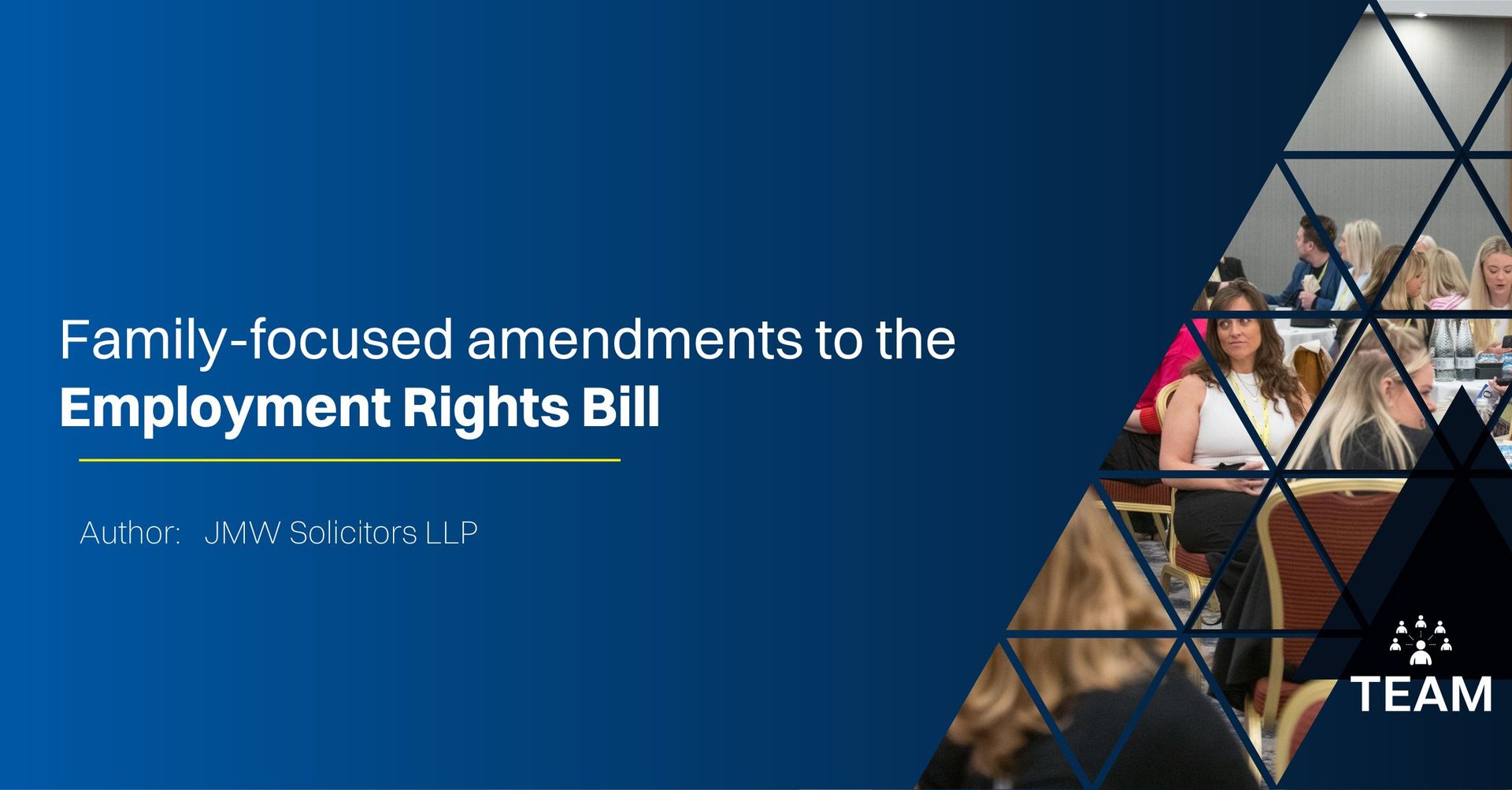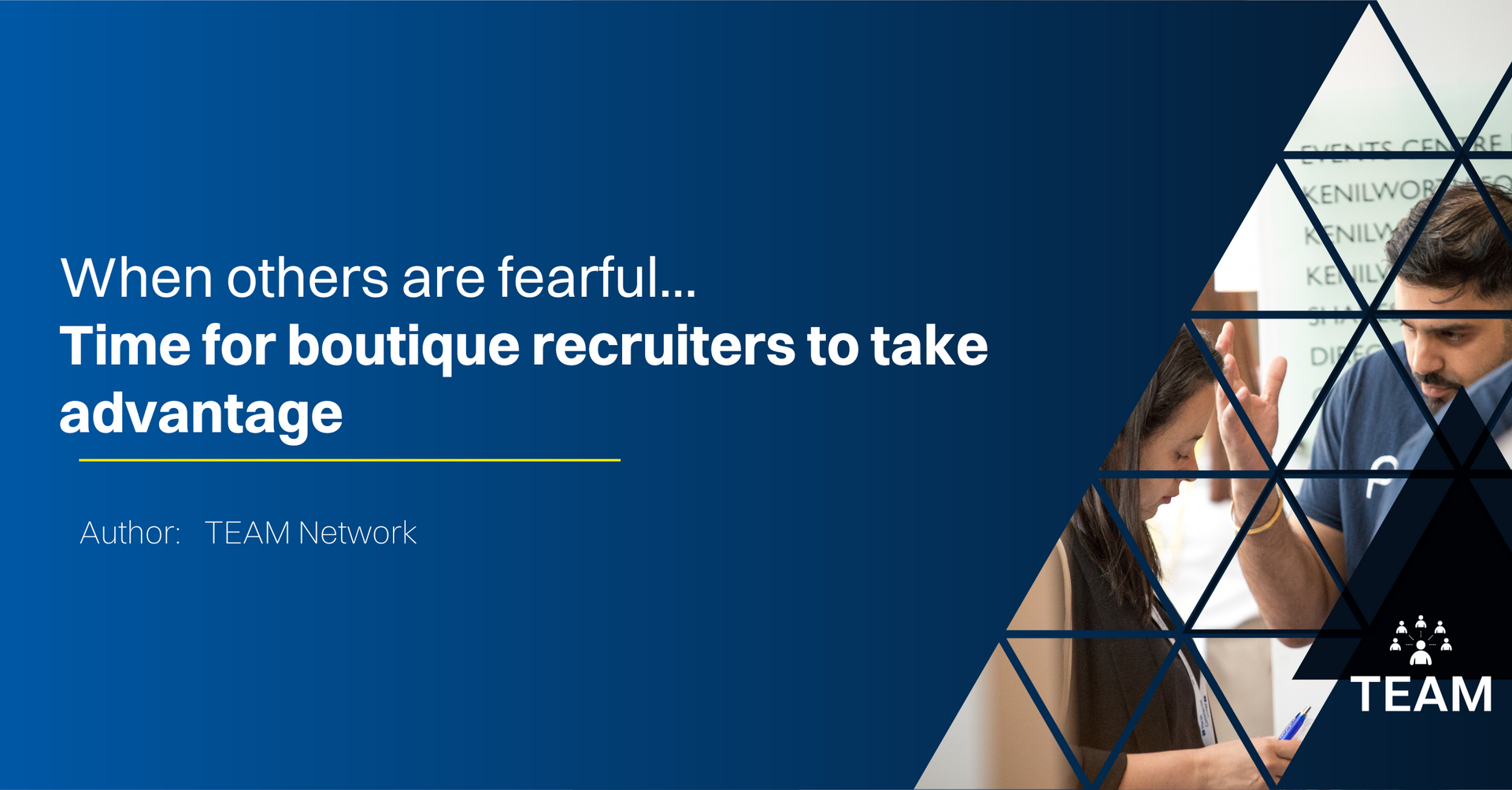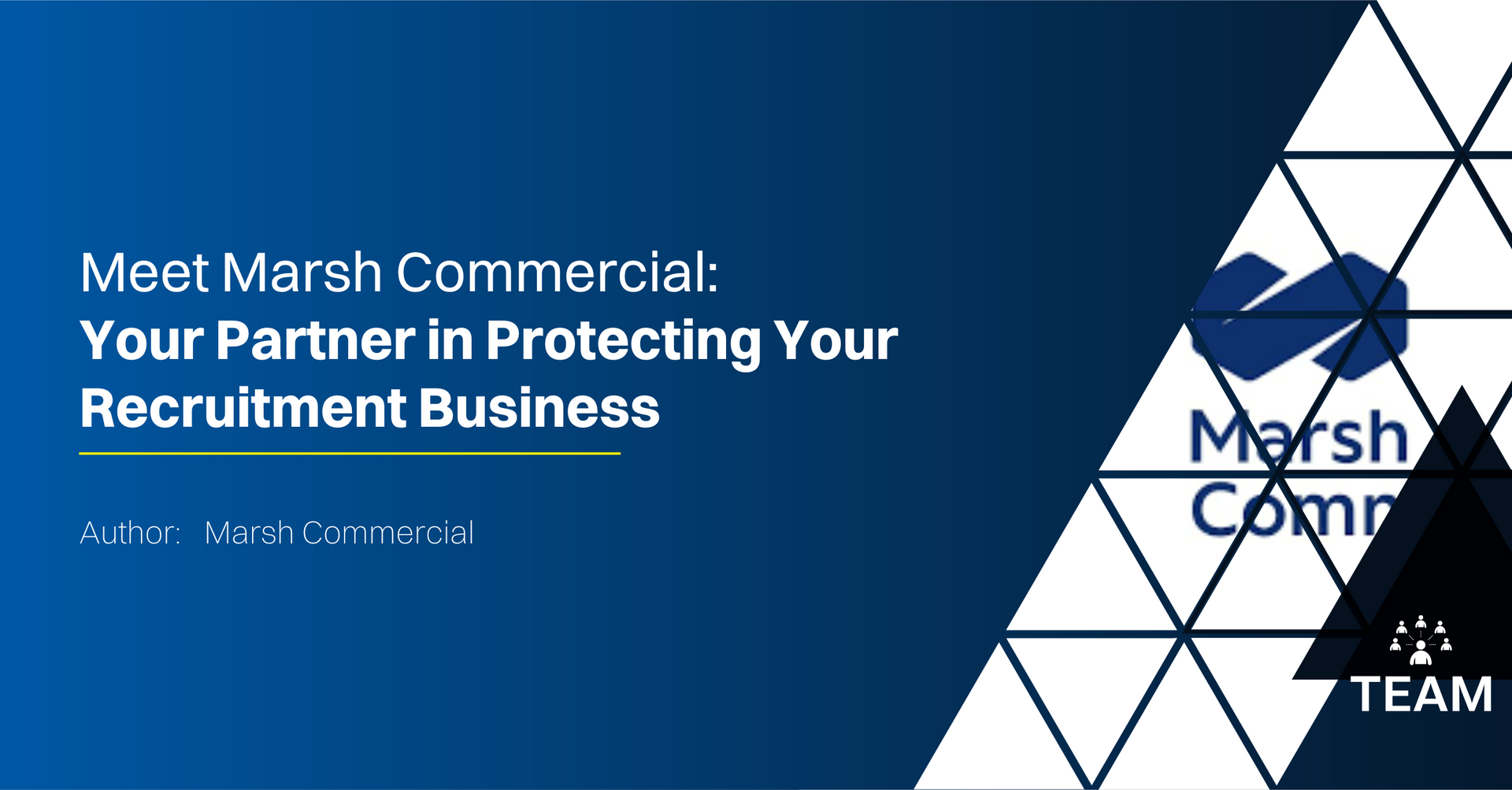Your recruitment website has the power to be your agency’s biggest asset – if it ticks all the right boxes.
Your website shouldn’t just look the part. It should be constantly working its magic in the background to pull in new business and convert candidates into applicants for your roles.
Here are six things every good recruitment website needs in order to serve your agency.
Strong Branding
When you’re operating in a crowded, competitive market like recruitment, you need to do everything you can to cut through the noise.
Think of your website homepage as your agency’s shop window; if it looks every other website out there, how can you expect clients and candidates to remember you?
Standing out is all about creating a strong brand strategy so that everything on your website has been carefully considered. From an eye-catching logo to clear key messaging, a website that’s branded up nicely can do wonders for your recruitment agency.
A Recruitment Blog
Businesses that blog generate 67% more leads than those who don’t have a blog on their website. Just think about the impact a good blog could have on your website’s discoverability on search engines!
If you have a clear content strategy behind the blogs you write and a recruitment SEO strategy that targets keywords relevant to your recruitment niche and region, you’ll be off to a flying start.
Think carefully about the kinds of challenges your candidates will be experiencing right now and write blogs that will help them with these challenges.
Google for Jobs - Optimised Jobs Pages
Your job pages are always going to be the most important part of your website. But while they might be doing their job of converting candidates into applicants, is it easy for candidates to actually find them?
If your jobs pages aren’t Google for Jobs optimised, you’ll be missing out on a whole load of job-seeker traffic. There are around 300 million employment-related google searches every month and Google’s job search feature ensures that the most relevant jobs appear at the top of their search.
Your jobs pages don’t instantly appear in Google for Jobs – you need to make sure your job pages have the right structured data for them to be pulled into the list. And with the right recruitment software provider, Google for Jobs optimised jobs pages should be part of the package
A Simple User Journey
A simple web journey is key to driving candidates and clients to take the actions you want them to take on your website. If your web journeys aren’t seamless, users will drop off in a matter of seconds.
Your website is catering to both clients and candidates at the same time. Does it cater to these very different audiences? Is there a clear and distinct journey for each?
For example, here is the homepage for Firefish users GCB Recruitment. Their website creates a completely different homepage and user journey depending on whether the visitor clicks the job seeker or employer option.
Keep your navigation menu as simple as possible to allow users to easily make their way round your website without coming to any roadblocks will massively increase the recruitment leads you get through your website.
A Place to Sign up for Job Alerts
Ensuring candidates can easily register for a candidate portal or sign up to your job alerts is essential if you’re going to pull a steady stream of candidates through your website and into your recruitment database.
There are a few different ways you can encourage sign ups, but the best place to start is to have a registration page that’s specifically for candidates.
Even if you don’t have a role that’s suitable for them now, sending out regular job alerts will keep them engaged until the right role comes along.
Complete Control
When you’re running a recruitment agency, the last thing you want is a static website that you can only make changes to by circling back to a web developer and waiting weeks for the changes to go live.
It’s important to be able to react quickly to changes in the market and update your website as you go. Therefore, you need a website that’s easy to customise and make changes to from the CMS.
This gives you complete control and means you can make any changes as and when you want without having to wait around on anyone else.
Service Provider Spotlight
This article has been provided by Beth Williams, Growth Executive at TEAM Service Provider – Firefish Software.
Firefish Software is a combined recruitment marketing and CRM software that’s changing the way businesses recruit.
Since launching in 2010, they’ve helped hundreds of recruiter-owned agencies gain serious competitive edge by combining their recruitment CRM and marketing activities onto one platform.
They’re currently serving more than 50 TEAM Member agencies, helping them make 25% more placements by recruiting the Firefish way.
